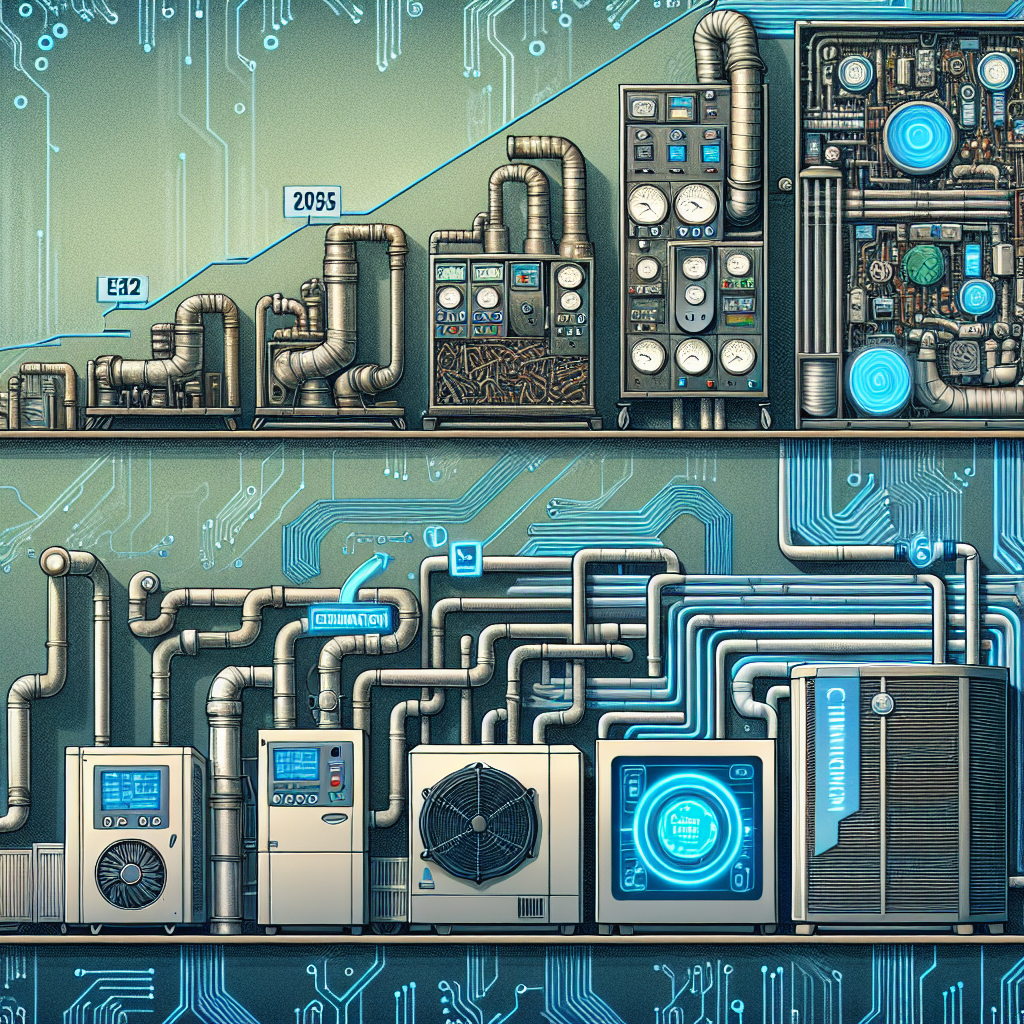Your cart is currently empty!
The Evolution of Data Center HVAC Technology

Data centers are essential components of modern business operations, housing the servers and networking equipment that keep organizations running smoothly. As data centers have grown in size and complexity over the years, so too has the technology that powers and cools them. One of the most critical aspects of data center infrastructure is the HVAC (heating, ventilation, and air conditioning) system, which is responsible for maintaining the optimal operating temperature and humidity levels for the equipment housed within.
The evolution of data center HVAC technology has been driven by the increasing demand for more efficient and reliable cooling solutions. In the early days of data centers, cooling was often achieved using traditional air conditioning units that were not specifically designed for the high heat loads generated by servers and networking equipment. This led to inefficiencies and increased energy consumption, as well as the risk of equipment overheating and failing.
As data center infrastructure has become more sophisticated, so too have the HVAC systems that support them. One of the key advancements in data center cooling technology has been the development of precision air conditioning units, which are specifically designed to provide precise temperature and humidity control for data center environments. These units use advanced sensors and controls to monitor and adjust the cooling output in real-time, ensuring that the equipment stays within the optimal operating range.
Another important development in data center HVAC technology is the use of containment systems to manage airflow within the data center. By separating hot and cold air streams and directing them where they are needed most, containment systems can improve cooling efficiency and reduce energy consumption. This approach also helps to prevent hotspots and ensure a more uniform temperature distribution throughout the data center.
In recent years, data center operators have also been exploring alternative cooling technologies, such as liquid cooling and evaporative cooling, to further improve energy efficiency and reduce the environmental impact of their operations. Liquid cooling systems, for example, use water or other liquid coolants to remove heat from the equipment, while evaporative cooling systems use water evaporation to cool the air before it enters the data center.
Overall, the evolution of data center HVAC technology has been driven by the need for greater efficiency, reliability, and sustainability. By incorporating advanced cooling solutions and innovative design strategies, data center operators can ensure that their facilities remain operational and energy-efficient in the face of increasing demands for computing power. As data centers continue to evolve and grow, so too will the technology that supports them, ensuring that they remain at the cutting edge of modern business operations.

Leave a Reply